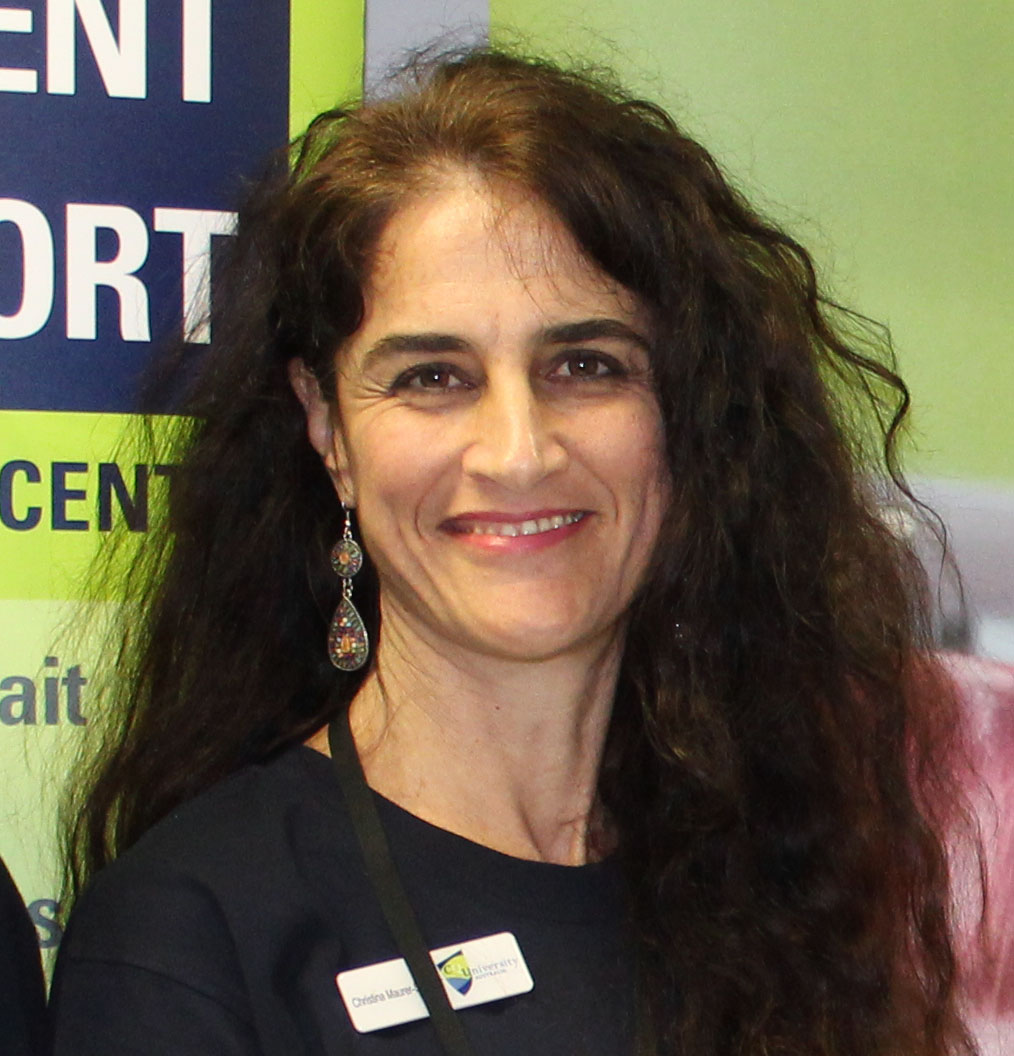ADCET Webinar: Supporting students with dyslexia at university
This presentation gives details about a research project conducted at a regional university in Australia about how to better support university students with dyslexia by Christina Maurer-Smolder, Susan Hunt, PhD, Shane Parker and Karin Stokes, PhD.
Dyslexia, which affects an estimated 5 to 15% of the population, is a neurological condition which may impact a person’s ability to read, write and/or perform other basic tasks essential to learning. The number of students with dyslexia who are registered with disability services at university is increasing; however, because of complex social issues related to identification and disclosure, the actual number of students with dyslexia is likely to be much higher than is officially known. Universities have an ethical obligation to find ways to support this under-represented and disadvantaged group. Furthermore, it is thought that measures taken to help students with dyslexia will also help students from other equity groups, including students from Culturally and Linguistically Diverse (CALD) and low Socio-Economic (SES) backgrounds.
The study described in this presentation was comprised of three parts: a student survey, student interviews and a staff focus group. The presentation will focus on themes from the study that impact on learning and teaching; these include issues with identification and support, students’ time and effort, the importance of videos and lectures, difficulties with skills and assessment, and the use of assistive technology.
Major conclusions are as follows:
- The students in this study felt that it took longer for them to complete tasks required to succeed in their courses than other students. As an increased need for time and effort is a serious issue for these students.
- The students in this study valued audio-visual recordings since videos do not rely on text, and because students could watch videos again and at their own pace.
- Written assessment, and especially timed written assessment, presented substantial difficulty to the students in this study.
- There are many problems with the present model of assisting students with dyslexia and students from other equity groups. These barriers must be addressed on an individual basis where appropriate; however, the current landscape of higher education demands that courses be made accessible to the widest audience possible through Universal Design in Learning (UDL).
The presentation includes specific recommendations in relation to each of the above conclusions.
Presenter

Christina is an Associate Lecturer and Academic Learning Adviser at CQUniversity in Cairns. She has taught students in a wide range of contexts throughout her career and has published pronunciation materials for teaching English as a Second Language. Christina has two children with dyslexia.

